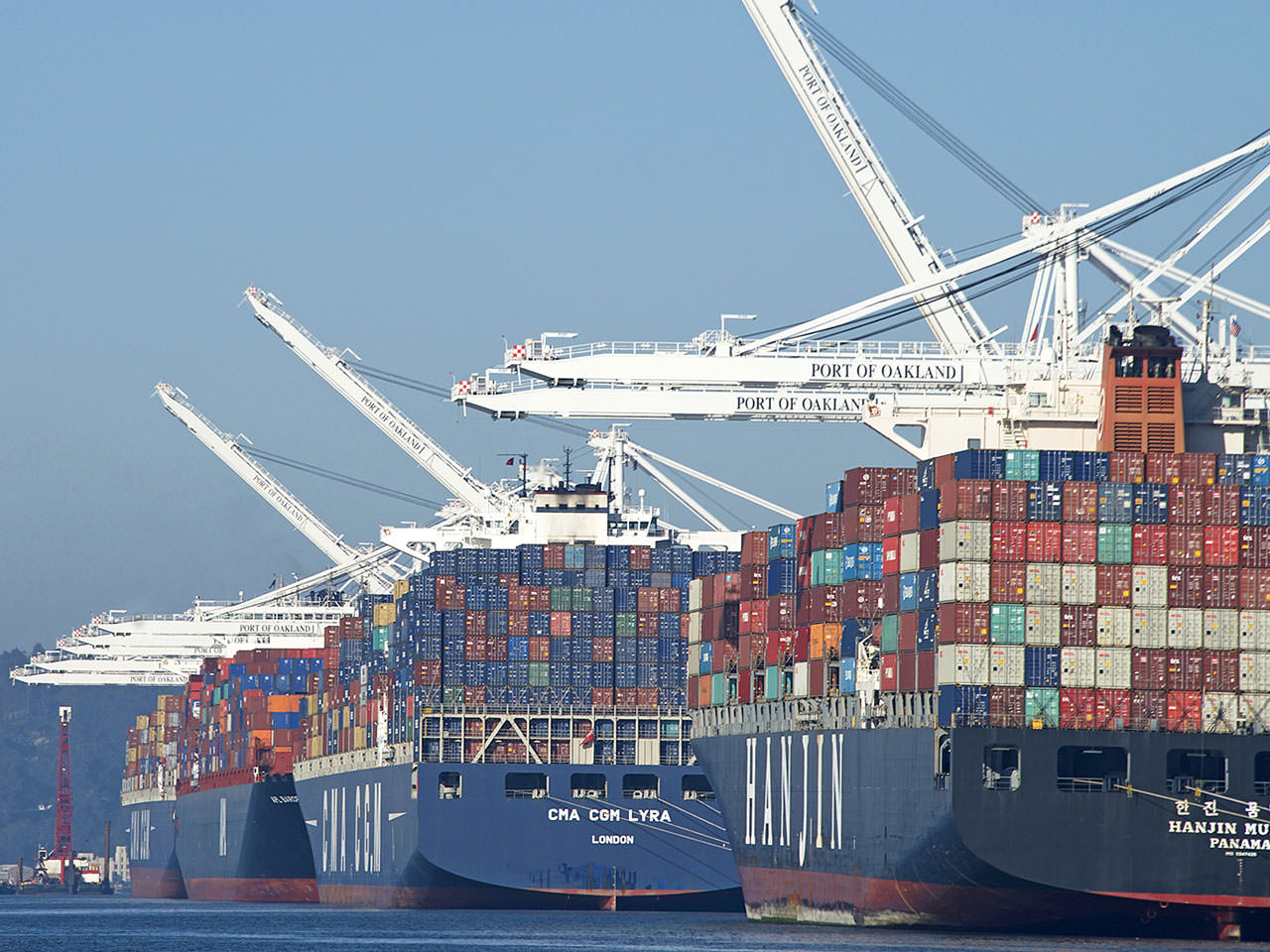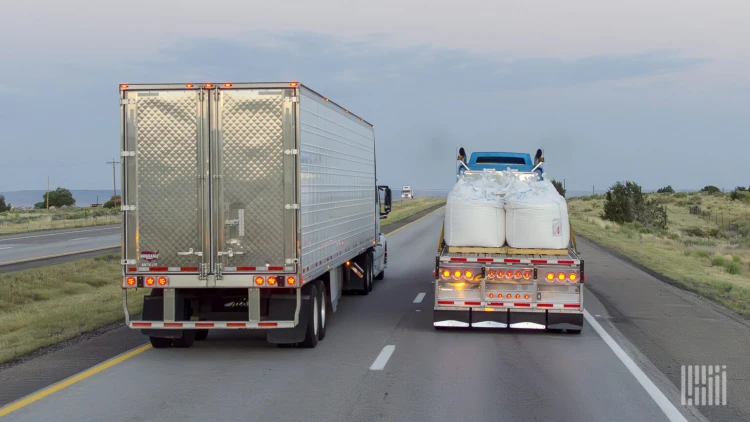The Advent of the Modern-Day Shipping Container
Wednesday, 01 March 2023

As container ships continue to grow in size and ports grow more congested by the year, NOAA plays an increasingly critical role in U.S. marine transportation. NOAA services and products improve the efficiency of ports and harbors, promote safety, and help to ensure the protection of coastal marine resources.
MORE NEWS : Carriers Face the ‘Quiet Before the Storm’ for Contract Rates
For thousands of years, methods of shipping products across the ocean remained essentially the same. Products were brought to port in wooden crates, sacks, and kegs by wagons or, later, by trucks and trains. Ships were then loaded and unloaded crate by crate, sack by sack, and keg by keg. It was a time-consuming and labor-intensive process. Theft was a perpetual problem. Often a ship spent more time in ports, loading and unloading, than it would spend at sea.
The advent of World War II brought new logistical challenges in supplying millions of U.S and allied troops overseas and innovative approaches were needed to efficiently supply the war effort. During this period, small, standardized boxes full of war material were introduced to increase the American convoys' capacity to deliver wartime necessities.
After the war, a trucking entrepreneur named Malcom McLean bought a shipping company and, in 1956, started the practice of transporting product-filled truck trailers that were lifted directly from truck to ship. Whole containers, not just small parcels, were now moved efficiently onto ships. This transportation process, called intermodalism, allowed products to be shipped around the world quickly, cheaply, and efficiently by using cargo containers that more easily fit on trucks, trains, and ships.
Port of Savannah, Georgia, shipping containers
The most common shipping containers come in two sizes, TEU (twenty-foot equivalent unit) and FEU (forty-foot equivalent unit). Here, a FEU is being loaded on a container ship in the Port of Savannah, Georgia.
The arrival of containers and intermodalism revolutionized the shipping industry. Containers could be efficiently stacked, allowing more and more goods to be transported across the seas. Labor costs were dramatically lowered and, since containers were sealed, theft was reduced. Over time, the marine transportation industry and the size of ships, trucks, trains, docks, and ports increased and expanded to handle the growing use of containers. The impact on global commerce was enormous, leading to a boom in international trade due to lower transportation and handling costs.
MORE NEWS : MSC Partners with Valencia to Expand Med’s Busiest Container Port
As container ships continue to grow in size and ports grow more congested by the year, NOAA plays an increasingly critical role in U.S. marine transportation. NOAA services and products improve the efficiency of ports and harbors, promote safety, and help to ensure the protection of coastal marine resources. Today, NOAA's PORTS® system improves the safety and capability of maritime commerce through the integration of real-time environmental observations, forecasts, and other geospatial information. NOAA's Office of Coast Survey supplies electronic navigation charts, coast pilots, and navigation response teams to meet the increasing challenges associated with marine navigation. And NOAA's National Weather Service provides up-to-date meteorological and oceanographic data.
Source : https://oceanservice.noaa.gov/economy/shipping.html

01 September 2024
Container Prices Double, Leasing Rates Triple in China

04 September 2024
Maersk sets new bar with shipping’s first climate target validation

06 September 2024
Port of Los Angeles Reports Another Busy Month for Cargo Volumes

09 August 2024
